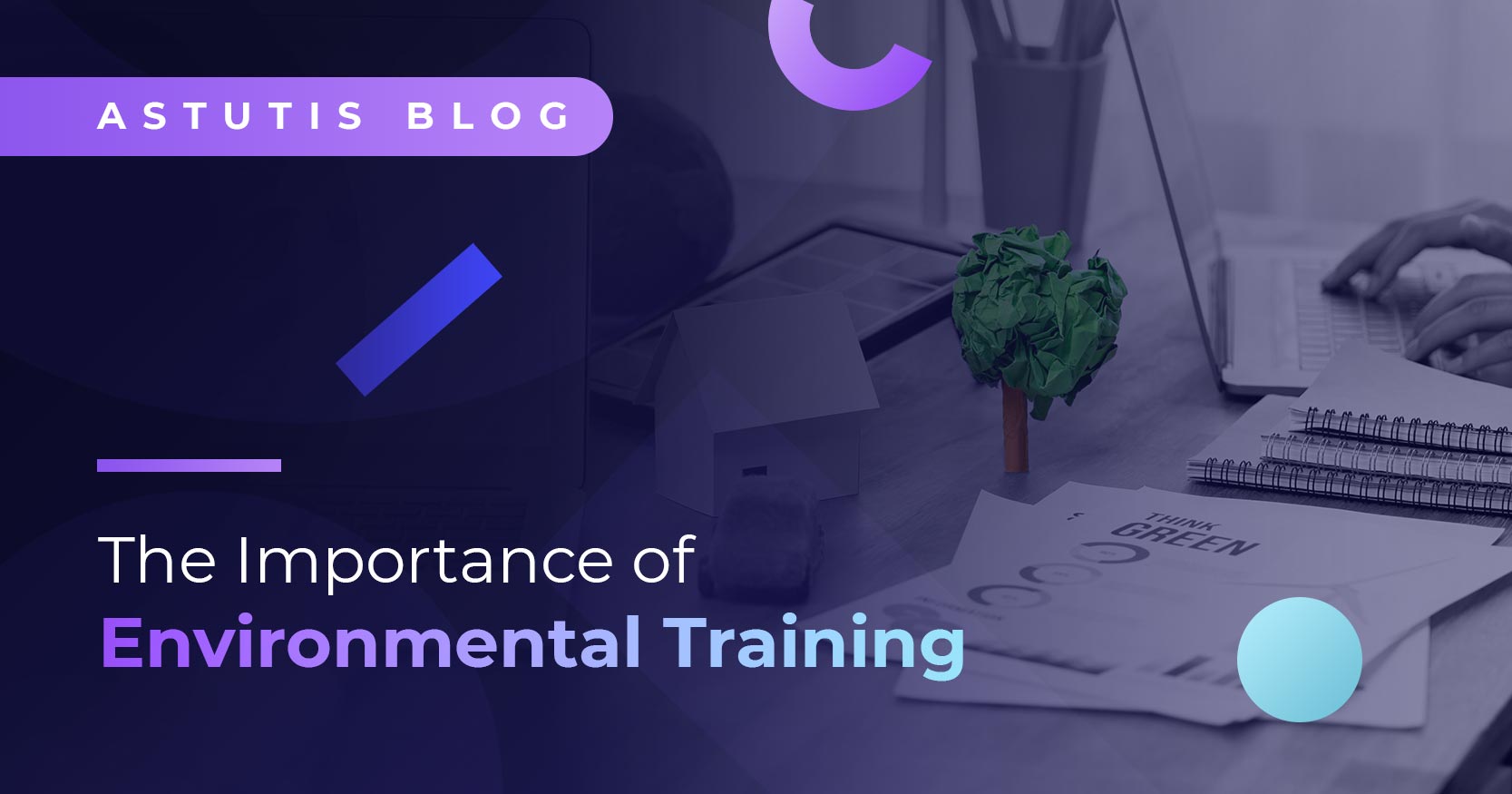How to Carry Out an Accident Investigation
Accident investigation and analysis of work-related accidents and incidents are crucial for a great health and safety culture. This blog is a guide on how to successfully carry out an accident investigation procedure in your workplace and shape a safe, accident-free environment.
Accident investigation and analysis of work-related accidents and incidents form the foundation of a good safety culture. It is an essential part of the management of health and safety.
If it is a severe life-changing or fatal accident, the ripple effect is enormous. It extends to the immediate family and friends, to fellow workers and beyond.
This blog will offer comprehensive guidance on the key steps to take when investigating an incident or accident, making the future safer and brighter.
Golden rules to accident investigation
Unfortunately, there are still some companies that adopt a blame culture when accidents occur in the workplace. This is very unhelpful in accident prevention. It creates a poor safety culture and underreporting of accidents.
The golden rules when dealing with an accident are:
- Look after the victim.
- Make the area safe.
- Carry out an accident investigation.
- Notify the enforcing authority if the accident falls under the notification criteria.This will depend on where you live.
Root causes of accident investigation
The root causes of accidents fall into two categories:
A. Failures in the Safety Management System.
B. Failures by line management in enforcing the rules.
It is essential to have an open mind, always base your decisions on fact and not emotion, rumours or assumptions.
Resources needed to carry out the investigation
Have a bag ready for an accident investigation. The resources you require will depend on where you work, i.e. construction site, office, warehouse, the industry you work in and potential hazards present.
Typically the items that I have included are:
- Site plans,
- A roll of hazard warning tape, measure tape and a travel first aid kit
- Camera or mobile phone to take photos and videos and charger
- Printed paper copies of witness statement forms
- Up to date phone list and organisational chart, note pad and pen
- Measuring and hazard warning tape
- Suitable personal protective equipment: hi-visibility vest, safety boots, hard hat, safety glasses, gloves depending on what chemical hazards there may present, dust mask,
Immediate response: Actions to take when accident occurs
When you are notified of any accident, make sure the injured person has all the medical assistance they need.
Gather the basic facts about:
- Details of the injured parties and injury.
- Time and location.
- Activities undertaken.
- Workplace layout and materials.
- Unusual working conditions.
- Whether the risk was known or not.
- Whether a Safe System of Work existed and was being followed.
- Levels of competence.
Actions to be taken:
- Inform the Enforcement Agency (this depends on the country where the accident happened).
- Find out who the witnesses are:
- separate them so they do not influence one another.
- Arrange to be escorted to the accident if required.
- Follow the site 'sign in' rules and procedures.
- Secure the accident site:
- block the area off to prevent people from moving anything.
Gathering the facts
There are three main techniques to gather the facts: Observation, Interview and Documentation.
Observation
Get to the scene of the accident as soon as you have been notified.
Taking photographs is the best way to record the scene of the accident visually. When you take images of items relevant to the accident, remember to show the scale and size. If it is a small object, place an everyday item next to it. Ensure you label these appropriate items.
Label these relevant items. Make notes about the photographs as you take the pictures. These simple prompt notes will help you and any other relevant people such as the enforcing authority when you get back to your office when compiling your report.
Setting up the interviews. Find and book suitable meeting room(s) to conduct accident investigation interviews. When you send out the invite to the interview, reassure the person that this is the standard procedure and ask them to bring a colleague or Trade Union representative.
Interview
Treat everyone with respect and dignity. Explain the purpose of the investigation meeting and inform the interviewee that you will be taking notes to make sure that you have recorded everything that is said accurately.
Put the person at ease: offer them a drink. Try to be relaxed in your approach, and if other departmental managers are assisting you, get them to introduce themselves and state their role and purpose in the meeting.
You may find it helpful to have a flip chart in the room. You can draw a rough layout of the work area showing where the accident happened “x” marks the spot. This is a straightforward presentation of the facts, and it will make it easier for the people being interviewed to give accurate information.
During the interview, use open questions (where the answer is not yes or no) to understand what happened. Open questions are used to get the person to open up to you to explain what they know about the accident. For example:
- “Explain to me what you saw at the time of the accident.”
- “What were the lighting levels in the warehouse at the time of the accident?”
- “What in your opinion could have prevented the accident?
This will help to focus just on the facts.
Several people who witness the same accident will interpret it differently. Therefore, record the different points of view of what happened.
Remember, you need to reflect on the facts and not the opinions from the interviews. Look at all the sources of evidence to see if they clarify what has been said.
Documentation
Typical documentation that you will look at during any investigation are :
- Risk Assessments
- Safe Systems of Work
- Permits to Work
- Method Statements
- Training Records
- Work Procedures
- Job Guides
- Previous Accidents in work
- Near Miss Reports
- Previous Audits.
Depending on the type of accident, you will also examine things like: pre use check sheets, workplace inspections, statutory test certificates and medical records to establish if the person was on restricted duties.
Tools to help you understand why accidents happen
There are practical tools and techniques to help you understand what the root cause of the accident was. Accident investigation techniques are essential.
For example, suppose your investigation shows that the operator is solely responsible for the accident. In that case, there is a possibility; you have not gone into sufficient detail in all the circumstances and different causes.
We know that in the majority of cases, it would not be the operator’s fault. The operator was probably doomed to fail because of poor communication, misplaced motivation or pressure by the management.
Domino effect tool
Using a tool such as the domino effect below will help you to look at the sequence of events leading to the accident.
By adopting this method, we have discovered the root causes of the accident were:
- Lack of instruction and supervision
- Poor planning
- Poor safety culture in that area
- Poor working environment (lack of space)
- Lack of breaks
Implementing a process of investigating accidents will help you to learn from experience. By analysing the information, you can identify suitable risk control measures, prevent similar events from recurring and share your learning.
These tips will enable you to reduce the root causes of accidents and create a safer working environment where people and companies can work effectively.
The NEBOSH General Certificate provides professionals with the necessary skills to better prevent, assess and manage risk in the workplace. Become a competent health and safety practitioner and accelerate your career today
If you want more information on the NEBOSH General Certificate click the button below!
Related Blogs

Real Life Stories









